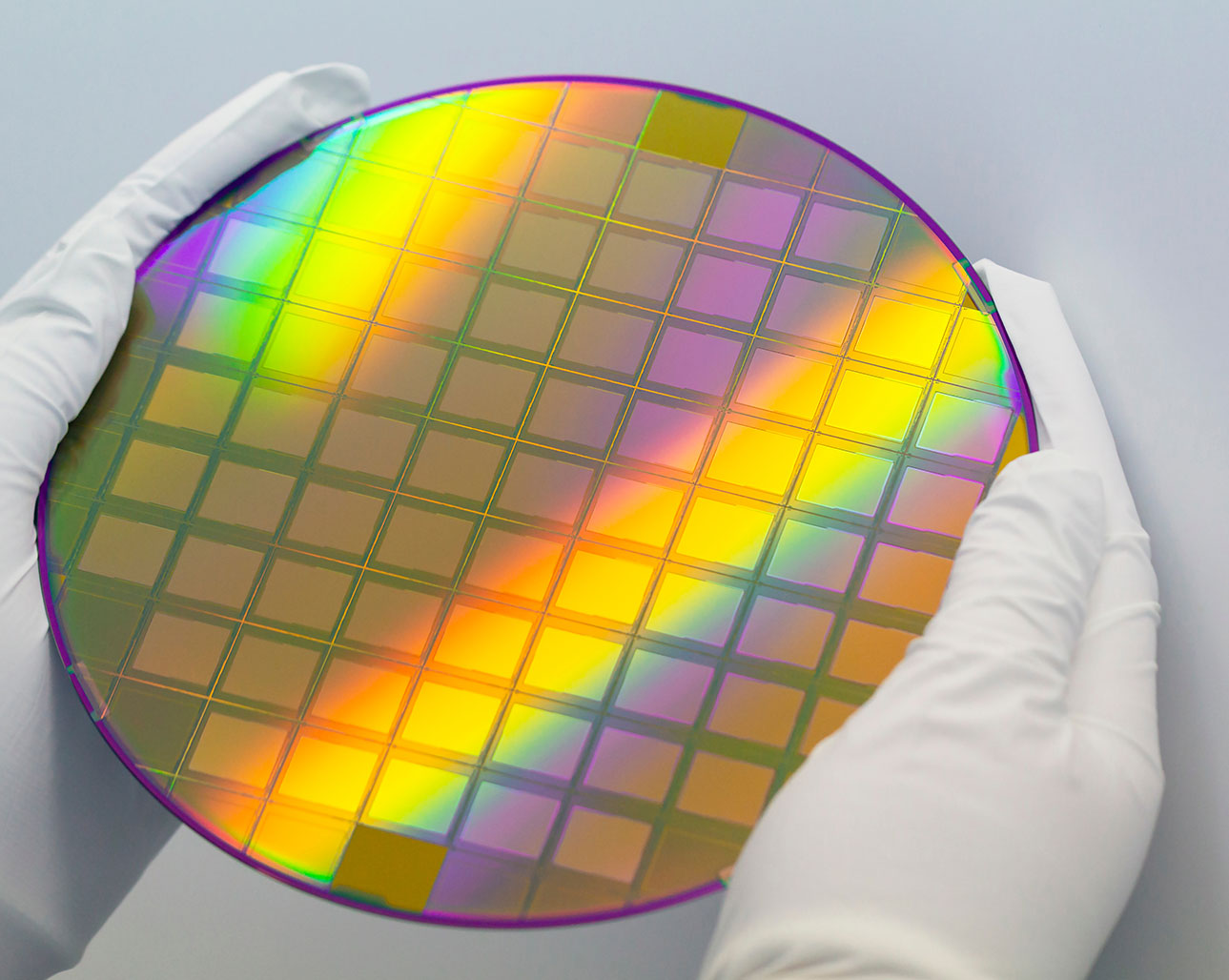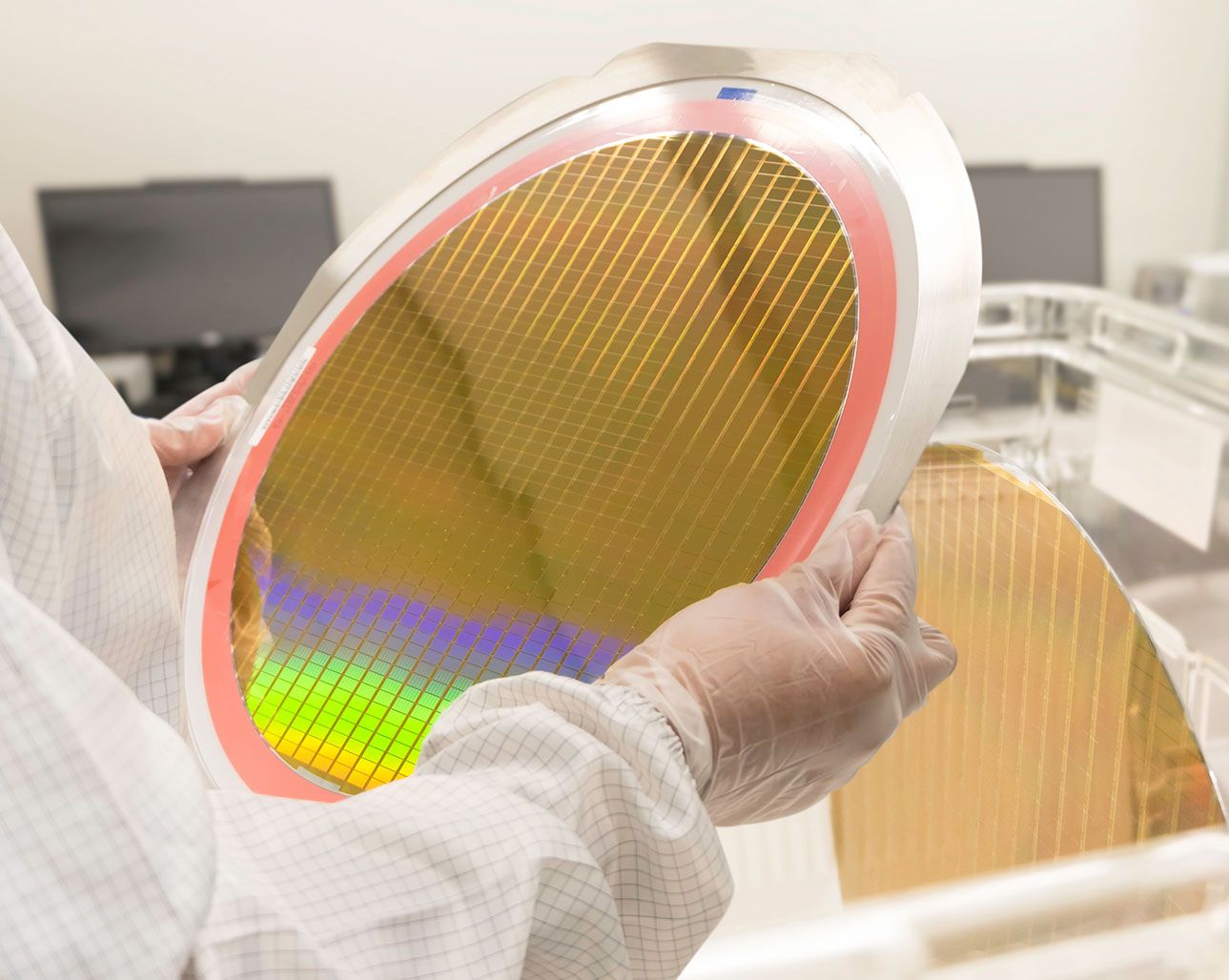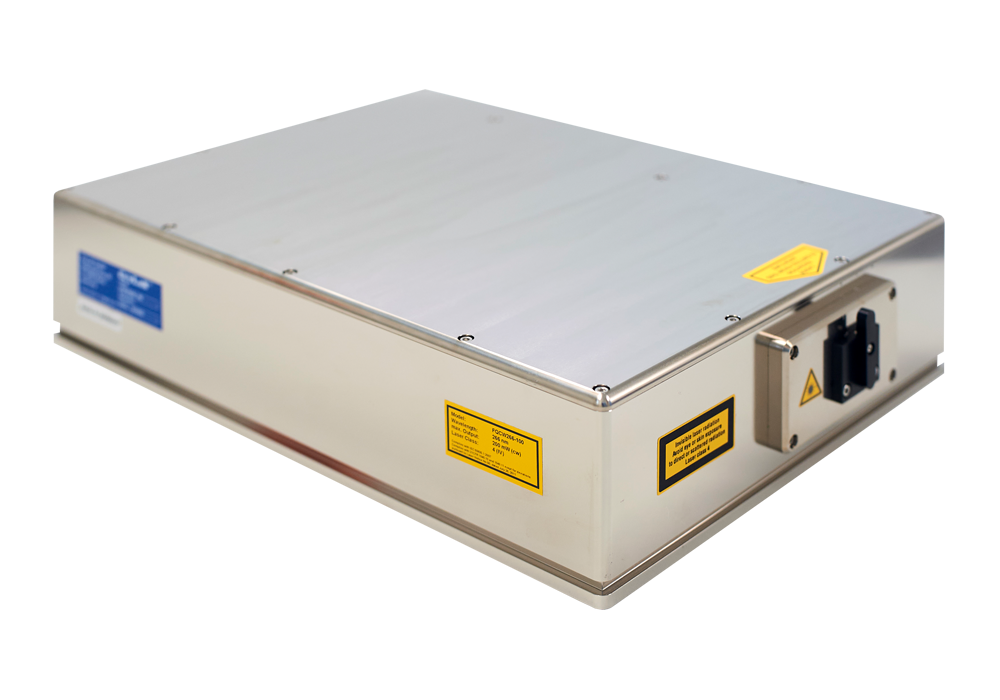
Scatterometry
Analyze surface structures and localize particles
Elastic scattering and diffraction effects can be used to analyze surface structures non-destructively or to localize particles. In this process, electromagnetic radiation, often in the form of visible light, is used. To achieve the highest possible resolution, which can be below Abbe’s resolution limit (nanometer range), UV or DUV laser light as well as soft X-rays are also used.
Scatterometers are widely used in metrology for determining the roughness of polished and roughened surfaces in semiconductor and precision machining industries. They provide a fast, non-contact alternative to traditional touch probe methods for evaluating the topography of a surface. Scatterometers are vacuum compatible, insensitive to vibrations and can be easily integrated into surface processing or even other measuring devices.
Types of scatterometry methods
Scatterometry methods can be categorized. This depends primarily on the measurement setup. A difference is made between the analysis of the scattered light in zero or higher diffraction order. The former involves irradiation from different angles of incidence. In addition, the wavelengths of the beam source can be varied or even a broadband beam source (spectral catterometry) can be used. Laser scatterometry uses monochromatic light. Especially in the semiconductor industry, more precisely in wafer inspection, UV lasers are often used nowadays. This achieves particularly high resolutions and thus identifies especially small defects and particles. Due to increasingly smaller semiconductor components, the tolerance for defects is constantly decreasing. Therefore, UV lasers are an ideal beam source for topography analysis of surfaces.

Related articles:
Related products:
FQCW266-10
- Power: 10 mW
- Linewidth: < 300 kHz
- Coherence length: > 1000 m
- Beam quaility M2: < 1.3
- Fundamental mode: TEM00
FQCW266-25
- Power: 25 mW
- Linewidth: < 300 kHz
- Coherence length: > 1000 m
- Beam quaility M2: < 1.3
- Fundamental mode: TEM00
FQCW266-50
- Power: 50 mW
- Linewidth: < 300 kHz
- Coherence length: > 1000 m
- Beam quaility M2: < 1.3
- Fundamental mode: TEM00
FQCW266-100
- Power: 100 mW
- Linewidth: < 300 kHz
- Coherence length: > 1000 m
- Beam quaility M2: < 1.3
- Fundamental mode: TEM00
FQCW266-200
- Power: 200 mW
- Linewidth: < 300 kHz
- Coherence length: > 1000 m
- Beam quaility M2: < 1.3
- Fundamental mode: TEM00





